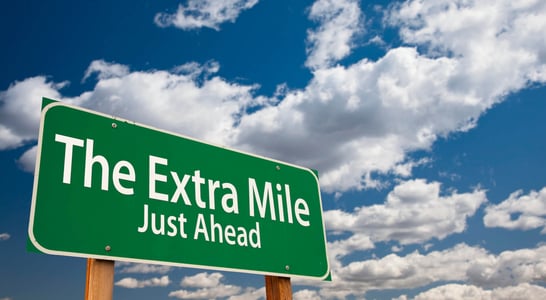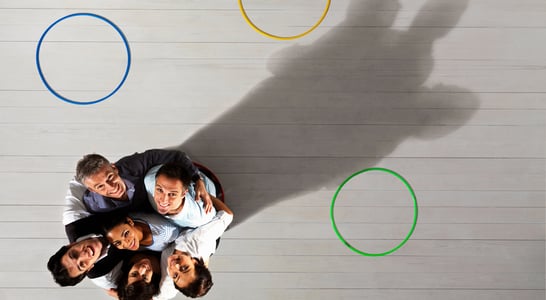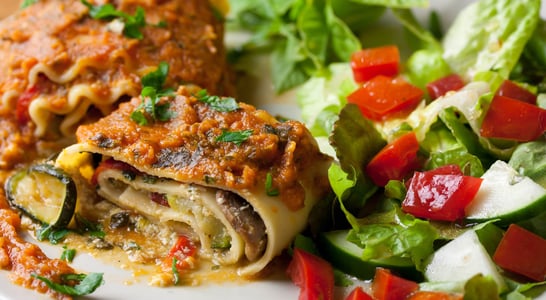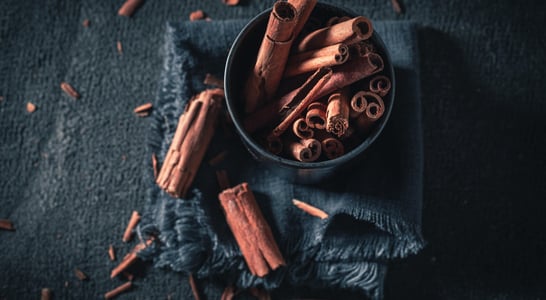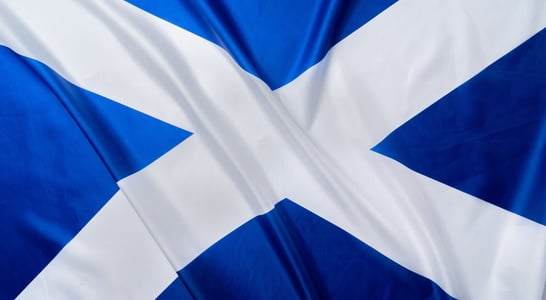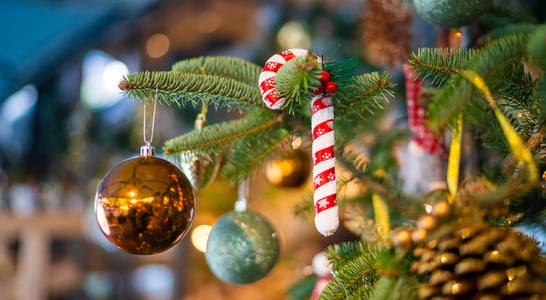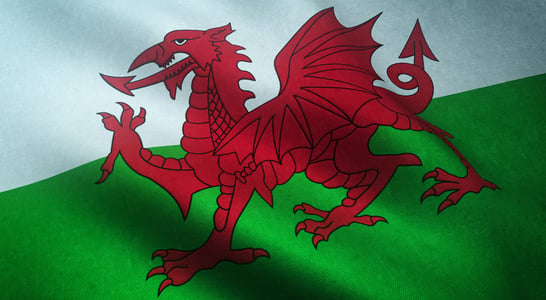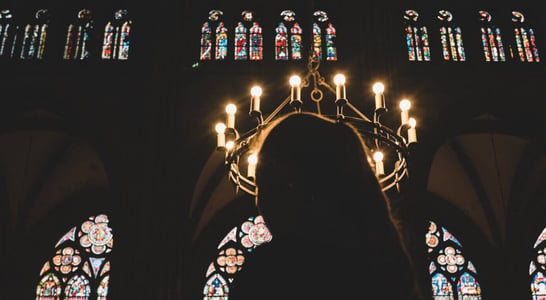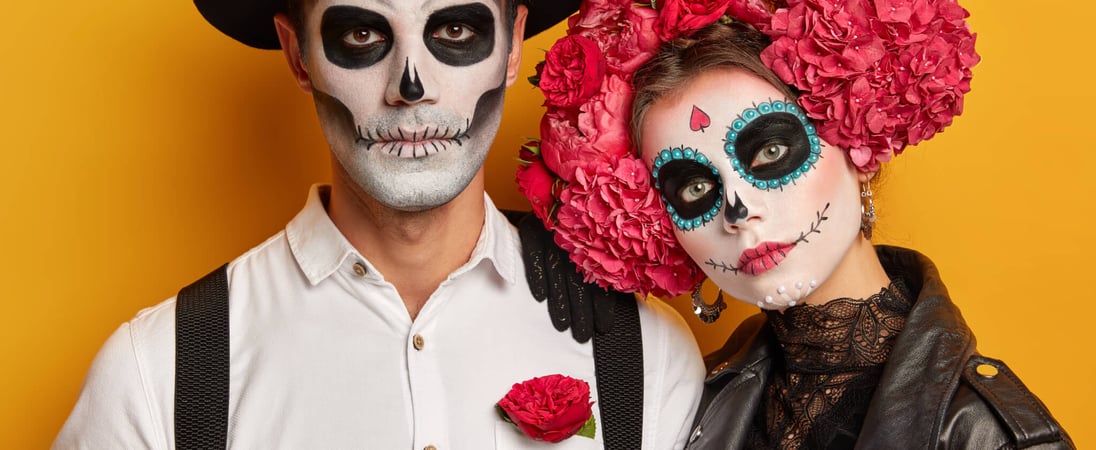
Day of the Dead
Embrace a vibrant celebration where vivid colors, captivating altars, and joyful gatherings pay homage to ancestors with deep respect and cherished memories.
It’s true that some people think that Day of the Dead is just an extension of Halloween festivities, perhaps because of the fact that the dates are so close together. But these two celebrations come from very different roots. And while Halloween might be a dark and scary night of mischief and mayhem, Day of the Dead offers a celebration of unfolding color and joy as honor is paid to lost loved ones.
With singing, parades, revelry and fun, the theme for Day of the Dead is less about mourning and more about cherishing life!
History of Day of the Dead
Native people groups have been honoring and celebrating their ancestors who went before them for thousands of years. Part of the culture of the ancient Aztecs, Mayans, and other tribes has included rituals and ceremonies that embrace the concept of death as simply a part of natural life.
It is likely from these cultures that the rich history and some of the traditions of the Day of the Dead is derived. Today, “Día de los Muertos” (in Spanish) or Day of the Dead, is traditionally celebrated in autumn, just two days after Halloween (or All Hallows Eve) and one day after All Saints’ Day (or Day of the Children). When the Catholic church rebranded the rituals of the indigenous peoples to become “All Souls Day”, various practices about death and the afterlife were combined to create new traditions for the Day of the Dead.
All Souls Day, which is celebrated at the same time as Day of the Dead, can trace its roots back to the year 993 in a Benedictine Catholic monastery in Cluny, France. This celebration and festival was meant for the monks and nuns to commemorate and pray for the “faithful departed”, eventually extending to the entire church in the early 20th century.
But, further back, some evidence suggests that in the 1500s, when Spanish explorers settled in the New World, specifically in Mexico, All Souls Day eventually developed into the Day of the Dead. But instead of simply praying for those who have gone before, Día de los Muertos would become a time for families to gather to not only honor the deceased but to also welcome the spirits of their ancestors to join them for the festivities.
The early 20th century saw a resurgence of the celebration of the Día de los Muertos in Latin American communities, particularly in Mexico as the president from 1934-1940, Lázaro Cárdenas, was a great encourager of the celebrations. Though technically on November 2, the Day of the Dead is often celebrated for the first two days just following Halloween, stretching it out through November 1 and 2.
In 2008, the importance of the Day of the Dead was inscribed into the Representative List of the Intangible Cultural Heritage of Humanity, which was established by the United Nations Educational, Scientific, and Cultural Organization (UNESCO).
Day of the Dead Timeline
1000 BC
Aztecs celebrate life and death
Along with the Mayans and the Toltec peoples, the Aztecs see death as a natural part of the world to be honored with festivities.[1]
Early 1500s
Day of the Dead in Mexico
This day of life and death is celebrated by Spanish Explorers in the New World.[2]
1930s
Mexican president encourages Day of the Dead celebrations
In a push toward Mexican pride and nationalism, president Lázaro Cárdenas is a strong supporter of Dia de los Muertos.[3]
2003
Day of the Dead is proclaimed by UNESCO
This UNESCO proclamation is accomplished through the Representative List of the Intangible Cultural Heritage of Humanity.[4]
How to Celebrate Day of the Dead
Looking for some ways to get involved with this celebration of life and death? Then the Day of the Dead offers a myriad of opportunities – most of which are actually spread out over two days! Check out some of these ideas to make plans for this unique tradition:
Attend Some Día de los Muertos festivities
Of course, one of the best ways to celebrate the Day of the Dead would be to get connected with others who are celebrating too! Some communities, especially those with a large Latin American influence, might put on various events and activities, such as community gatherings, parties or parades.
Those who are headed to certain places in Mexico, like Oaxaca, Janitzio, and Mexico City will certainly want to make plans in advance, and perhaps get help from a local guide, because the carnival atmosphere makes everything very busy!
Learn About Some Day of the Dead Traditions
Those who are interested in celebrating Day of the Dead but don’t have much experience may want to learn a bit more about the unique traditions of different families. It’s important to remember that experiences may differ from family to family or region to region, but here are some fun ones:
-
Sugar skulls have made their way into the tradition of the Day of the Dead, apparently brought into the story by Italian missionaries dating back to the 17th century. These skulls are pressed into molds and decorated with all sorts of intricate and colorful details and designs.
-
In some family traditions, the favorite meal of a loved one is placed on an altar in case the spirit comes back and is hungry for a meal – and of course this shouldn’t be eaten!
-
Mexican paper craft, called papel picado, meaning “pierced paper”, offers a fun opportunity to decorate and welcome the people (living or spirits from the afterlife) into the fun and festivities. The thin tissue paper art is often draped around altars, homes or in the streets, and it represents the wind as well as the fragility of life.
-
Calveras, literally meaning “skulls,” became a popular from of poetic literature in the 18-19th centuries, sometimes written as a short, sarcastic type of tombstone epitaph. This tradition persists and these calveras can often be found printed in newspapers or read at public events or on broadcasts.
Dress Up for Day of the Dead
Dressing up in costumes may not be obligatory, but it sure does add an extra element of fun and excitement! Adults and children alike are invited to dress up in traditional costumes that may include brightly colored skirts or pants and intricately embroidered tops, or elaborately decorated capes with flowers as a headdress.
Of course, the most important part of dressing up for the Day of the Dead celebrations is the skull face. Whether wearing an actual mask of a skull or just using face paint to decorate a skull, this is the key part that makes costumes for this day different from all the others.
Day of the Dead FAQs
Who celebrates Day of the Dead?
Day of the Dead is a holiday that originated in Mexico but has since spread all over Latin America.[1]
What is the Day of the Dead?
The Day of the Dead is a time when families celebrate the lives of their dead ancestors.[2]
What are Day of the Dead traditions?
Traditions for this holiday include family gatherings with flowers, food, painted masks, prayers and stories of those who have died.[3]
What are Day of the Dead masks used for?
Painted masks and costumes are used to scare away the dead at the end of the celebrations.[4]
Also on ...
View all holidaysExtra Mile Day
Adding that unexpected twist to make someone's day brighter, it's the small gestures that leave a lasting impression and create smiles.
World Vegan Day
Cook tasty plant-based meals, attend events organized by local vegan societies and enjoy a lifestyle free from animal products on World Vegan Day.
National Cinnamon Day
With an inviting aroma, this spice adds a touch of sweetness and warmth to any dish, from oatmeal to pastries.
We think you may also like...
St. Andrew’s Day
Celebrated for his kindness and valor, the patron saint of Scotland's legacy lives on through the Scottish flag and the country's traditions.
Christmas Day
Jingle all the way! Deck the halls with boughs of holly, indulge in delicious treats, and make unforgettable memories with loved ones.
St. David’s Day
Embracing traditions with daffodils and lively festivities — a celebration weaving Welsh culture into joyous community gatherings.
